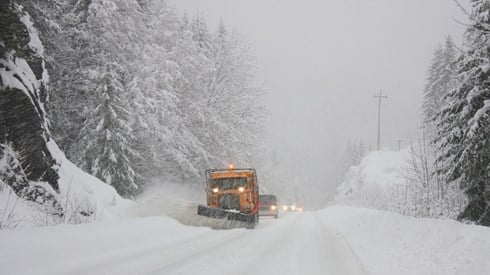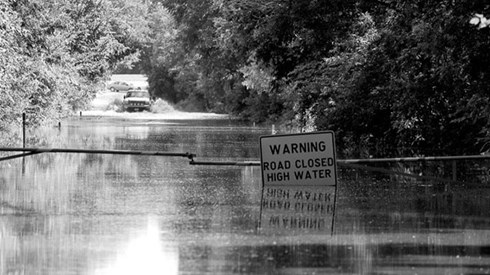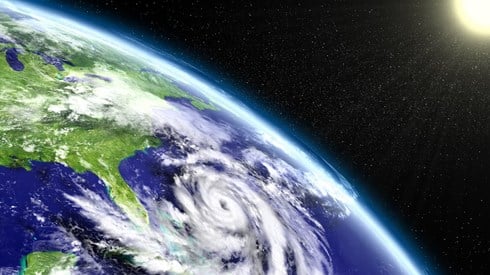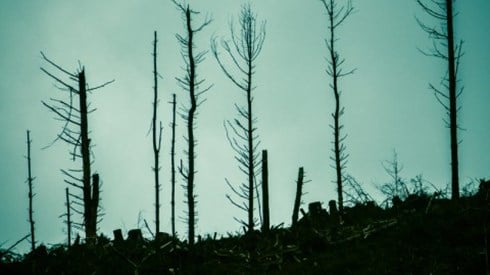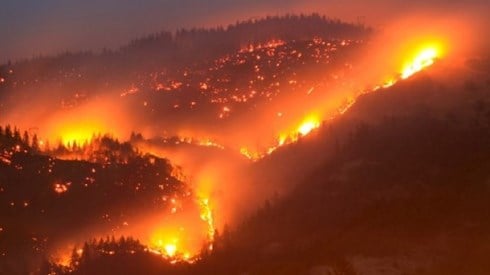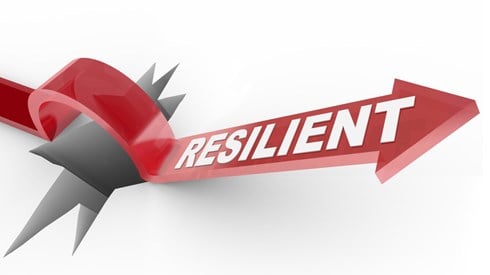New Report Suggests Reinsurers May Be Underestimating Climate Risk

September 27, 2021

While reinsurers are increasingly including the impacts of climate change in their decision making, they may be dramatically underestimating their exposure to climate risk, according to a new analysis.
According to the September 23, 2021, report titled Global Reinsurers Grapple with Climate Change Risks from S&P Global, reinsurers' efforts to include the impacts of climate change in consideration of such aspects of their business as risk management, exposure management, and pricing are still at their early stages.
At the same time, many companies "are facing difficulties in implementing climate change considerations robustly," according to S&P.
The rating agency's analysis suggests that reinsurers may be underestimating their exposures to natural catastrophe risks by 33 percent to 50 percent. That amount would be 91 percent of the sector's buffer above the capital S&P requires for an AA rating, S&P says.
"While not our base case, this scenario illustrates potential for volatility in earnings and capital," the S&P report says.
S&P's findings come at a time during which weather-related events are growing more frequent and more severe, including an increase in losses from secondary perils such as wildfires, floods, or hail.
In a report earlier this year, Munich Re pegged global losses from natural disasters in 2020 at $210 billion, of which $82 billion was insured. Both the overall losses and the insured portion were significantly higher than in 2019, which saw $166 billion in global natural disaster losses, of which $57 billion was insured.
Others have offered similar takes on 2020's natural disaster activity. The Swiss Re Institute recently reported that 2020 saw $76 billion in insured natural disaster losses worldwide, a 40 percent increase from 2019. Many of those losses resulted from "secondary peril" events such as severe convective storms (thunderstorms with tornados, floods, and hail) and wildfires in the United States, according to Swiss Re.
In its summary, the US National Oceanic and Atmospheric Administration (NOAA) noted that the United States experienced a record 22 billion-dollar disasters in 2020. Damages from the 22 events totaled $95 billion, NOAA said, and included 7 billion-dollar tropical cyclones, the 3 largest wildfires in Colorado history, and 5 of the 6 largest wildfires in California history.
This year has largely kept pace, with such events as an active wildfire season, Winter Storm Uri in the United States, and Hurricane Ida, which caused insured losses estimated at up to $44 billion.
During the first half of this year, estimated insured losses from natural catastrophes reached $40 billion, according to the Swiss Re Institute. It was the second-highest first-half insured natural catastrophe loss on record, following 2011, Swiss Re said.
In its analysis, S&P notes increasing agreement from experts, including the Intergovernmental Panel on Climate Change report published in August, that climate change is a factor in more frequent and extreme weather events. Those more frequent and more severe events will have an impact on the insurance and reinsurance industry, the rating agency notes.
"Re/insurers may consider that the effects of climate change will not be felt for some time, and that at present, the ability to annually reprice most property policies provides them with some insulation," the S&P report says. "However, there is clear scientific consensus that climate change is already influencing the frequency and intensity of extreme weather—and therefore (where not suitably mitigated), insured losses—today."
Insurers' and reinsurers' failure to properly account for the impact of climate change in their catastrophe modeling and pricing today could result in significant volatility in their earnings and capital, S&P says. That volatility could lead to corrections in prices that could have an impact on primary insurers' reinsurance costs, resulting in an impact on their profitability and risk profiles as well.
Still, the S&P report says, "Unmodeled risks and the inherent difficulties in attributing extreme events to climate change create the risk that climate change may not be fully reflected in catastrophe modeling, particularly in the short term."
The S&P report says its analysis of the possible effects of climate change on reinsurers' financial strength involved a stress scenario based on 30 years' worth of insured catastrophe loss experience. The rating agency explained that it chose a 30-year period because the industry has experienced a significant increase in weather-related losses during that time, even factoring in inflation and growth in exposure values.
"Although natural variability in the Earth's climate contributes to much of the fluctuation in extreme weather events seen in recent years, climate attribution science—that is, the research and modeling that seeks to attribute, or not, extreme weather events to human-caused climate change—shows that most of these events (70 percent in the last 20 years) have been made worse or more likely by climate change," the S&P report says. "This empirical view in our scenario, based on the past 30 years, implicitly incorporates any impact that climate change has already had on catastrophe losses in that period."
S&P says that its analysis isn't meant to affect reinsurers' ratings or change its base-case assumptions for the analysis of those ratings. Instead, the rating agency's stress test was meant to draw attention to reinsurers' potential climate risk exposure on an industry-wide basis and promote dialogue with reinsurers about their efforts to manage climate risk.
September 27, 2021
